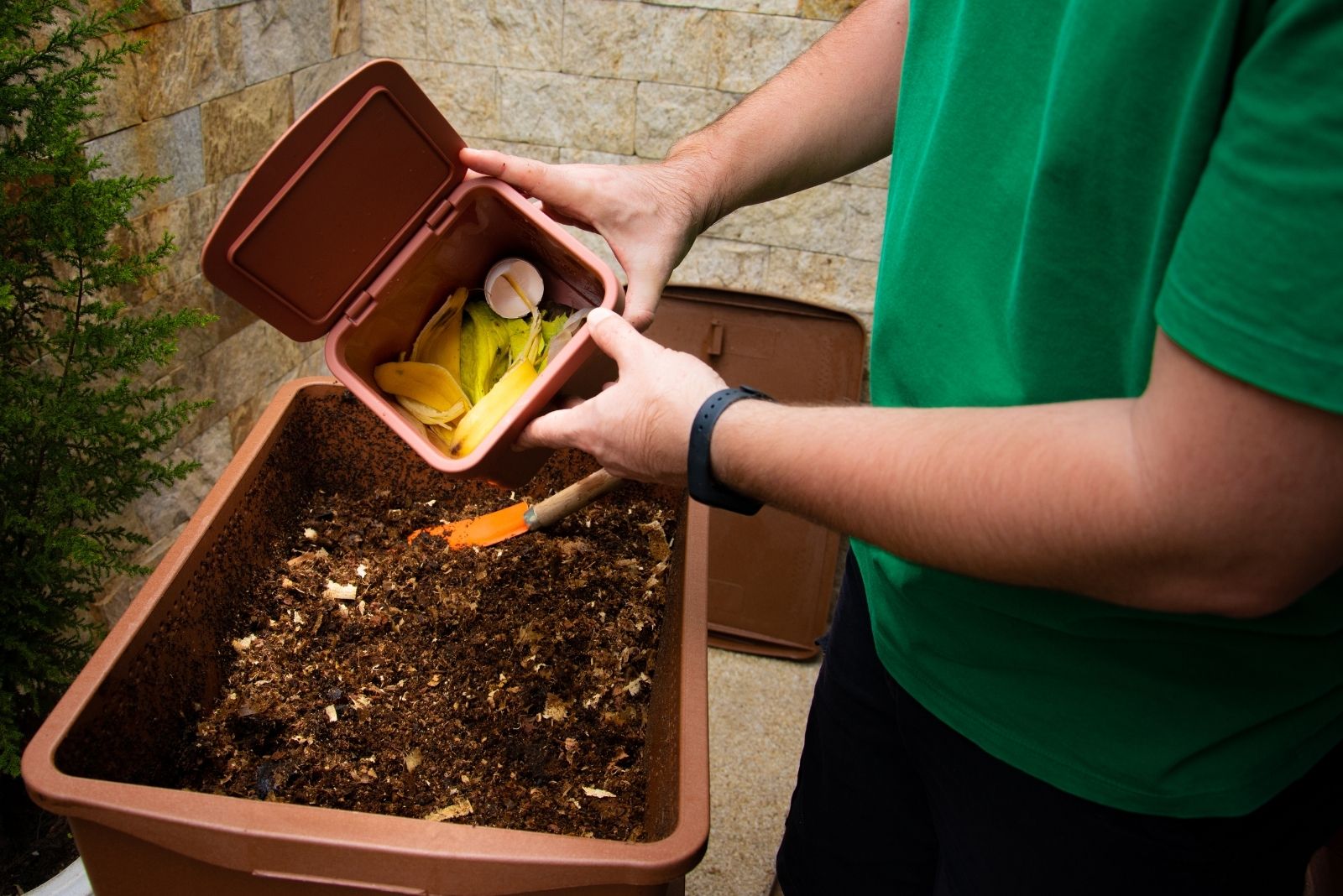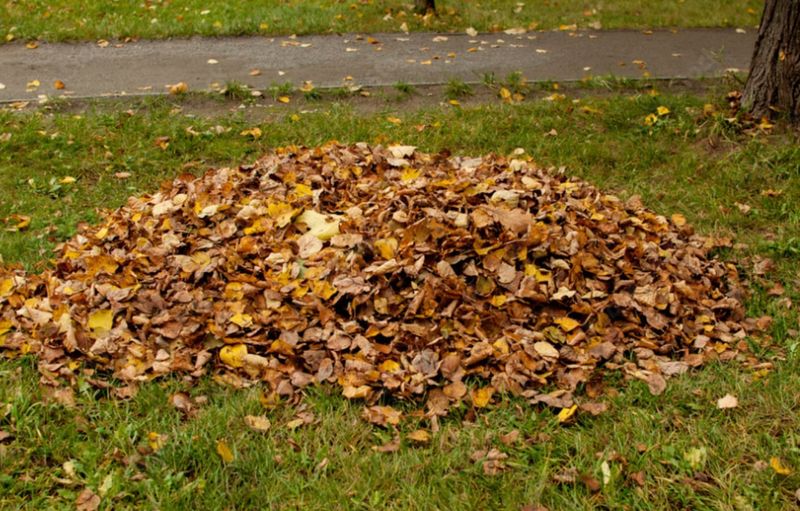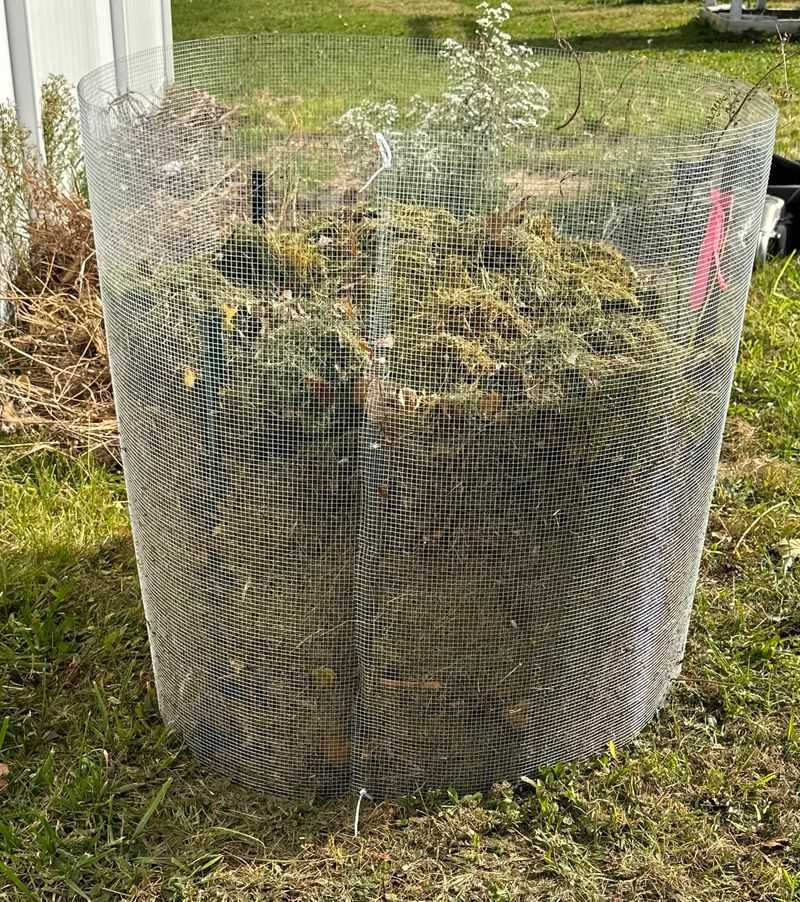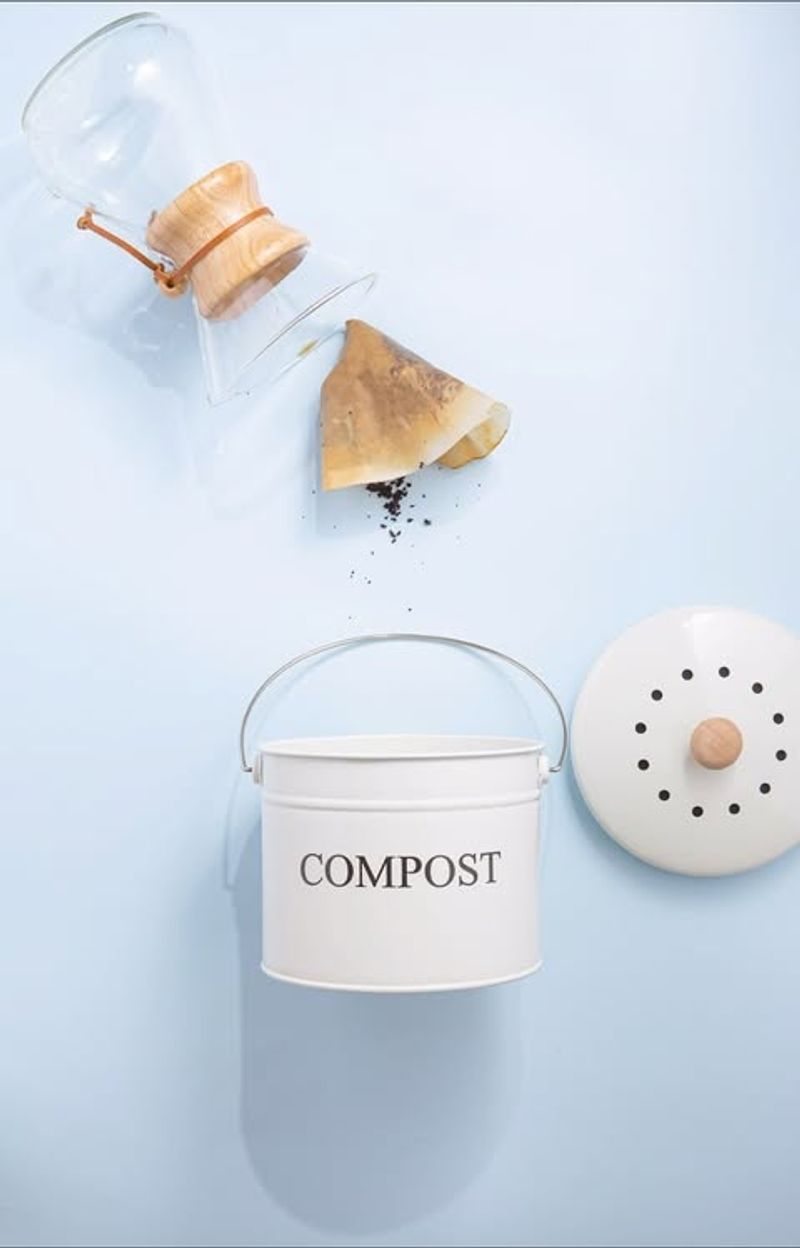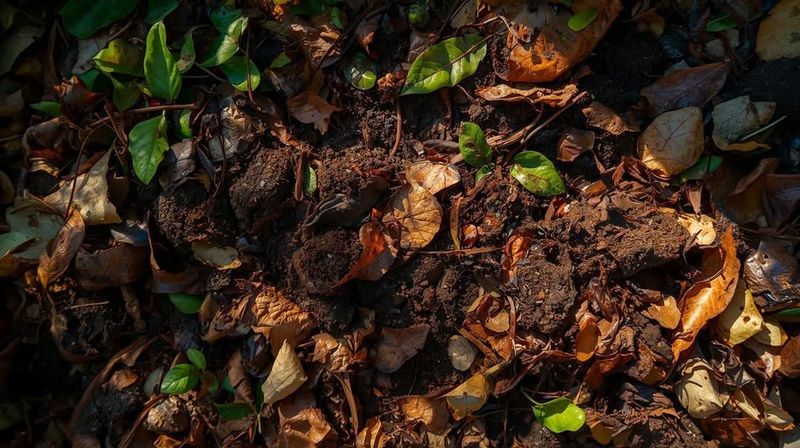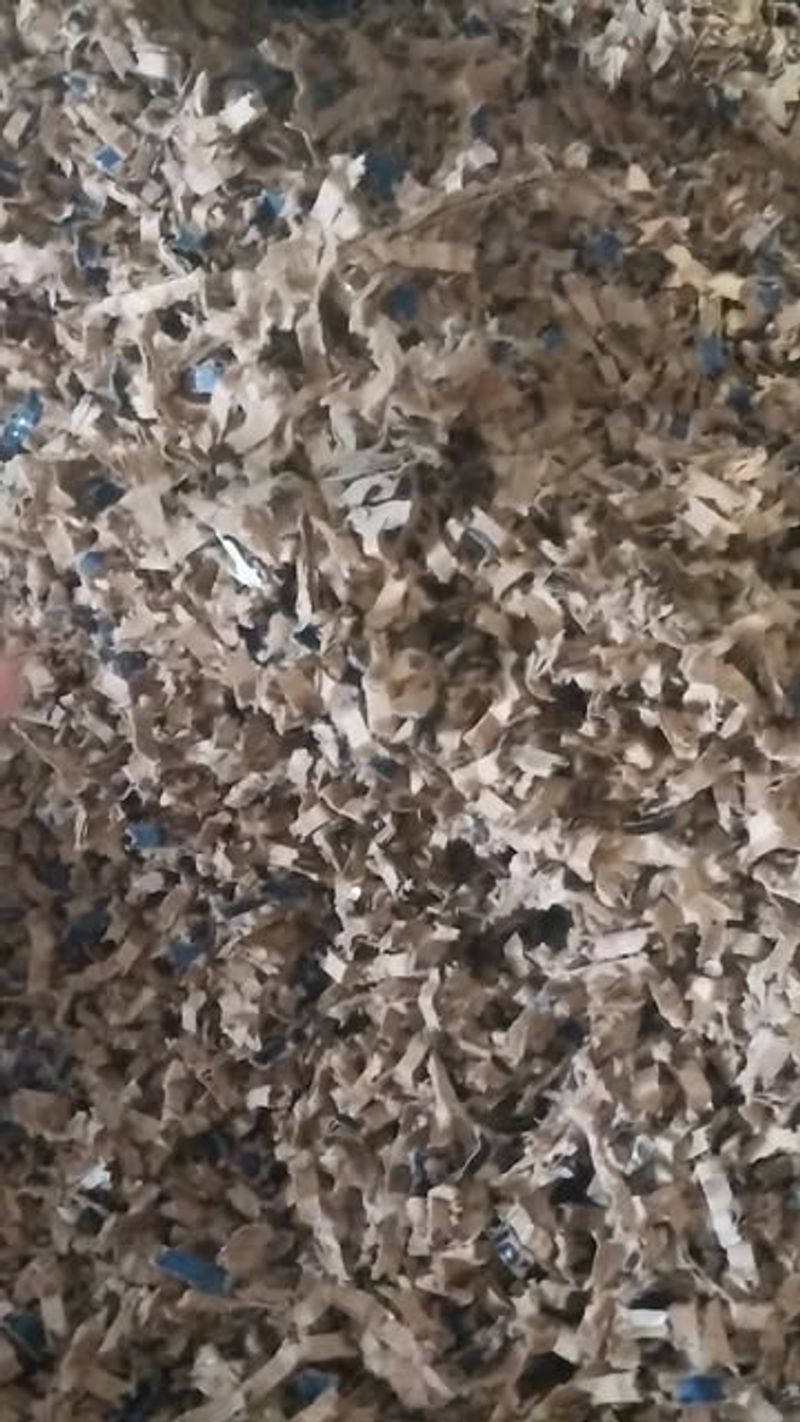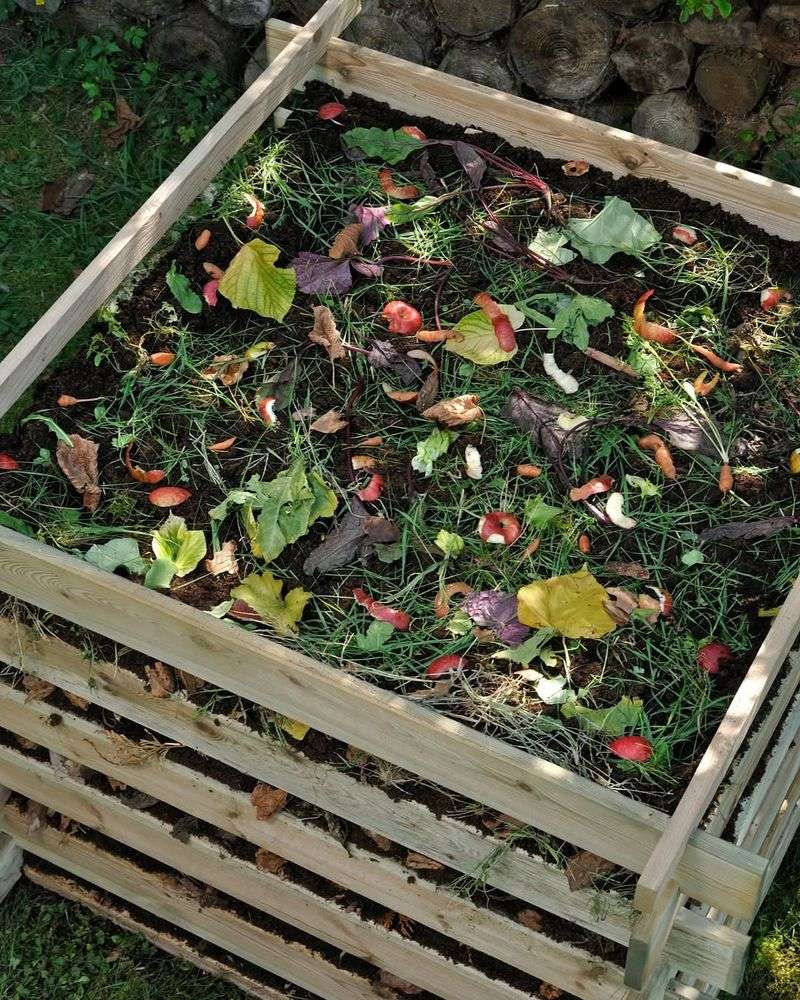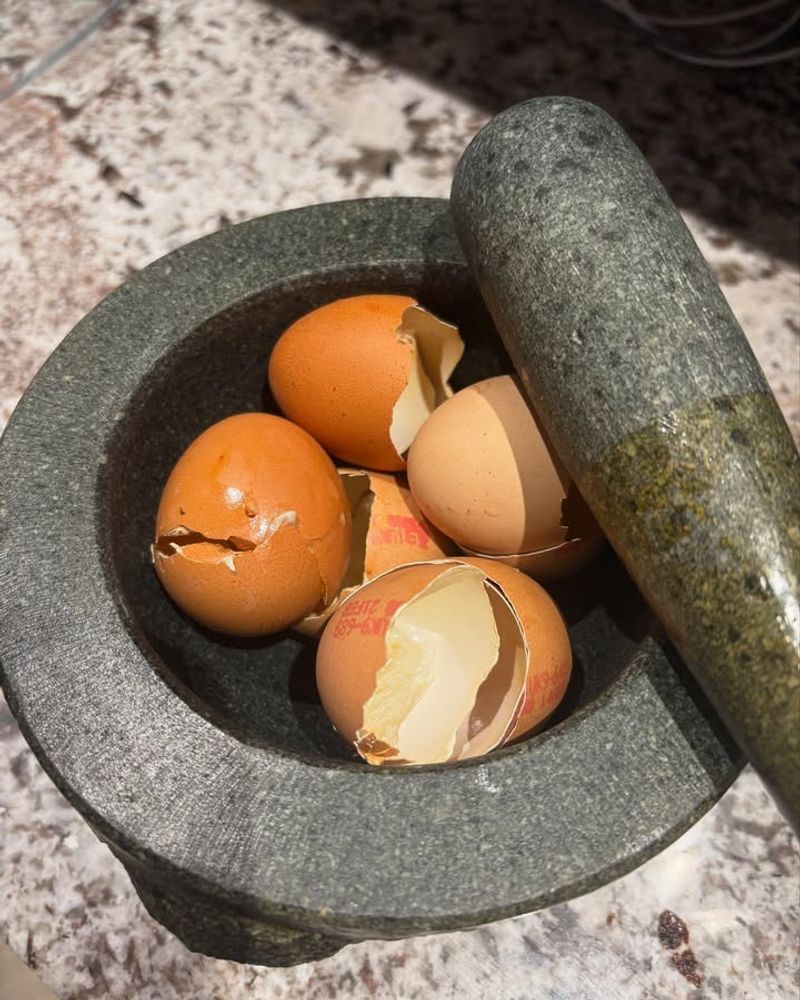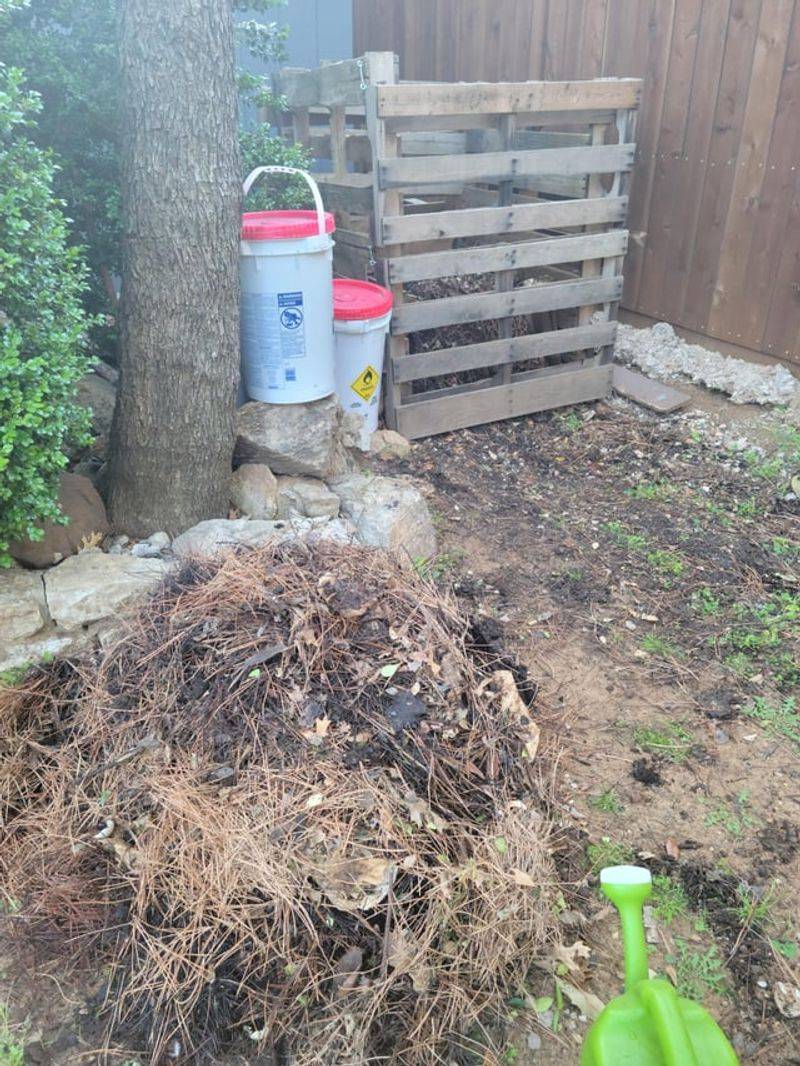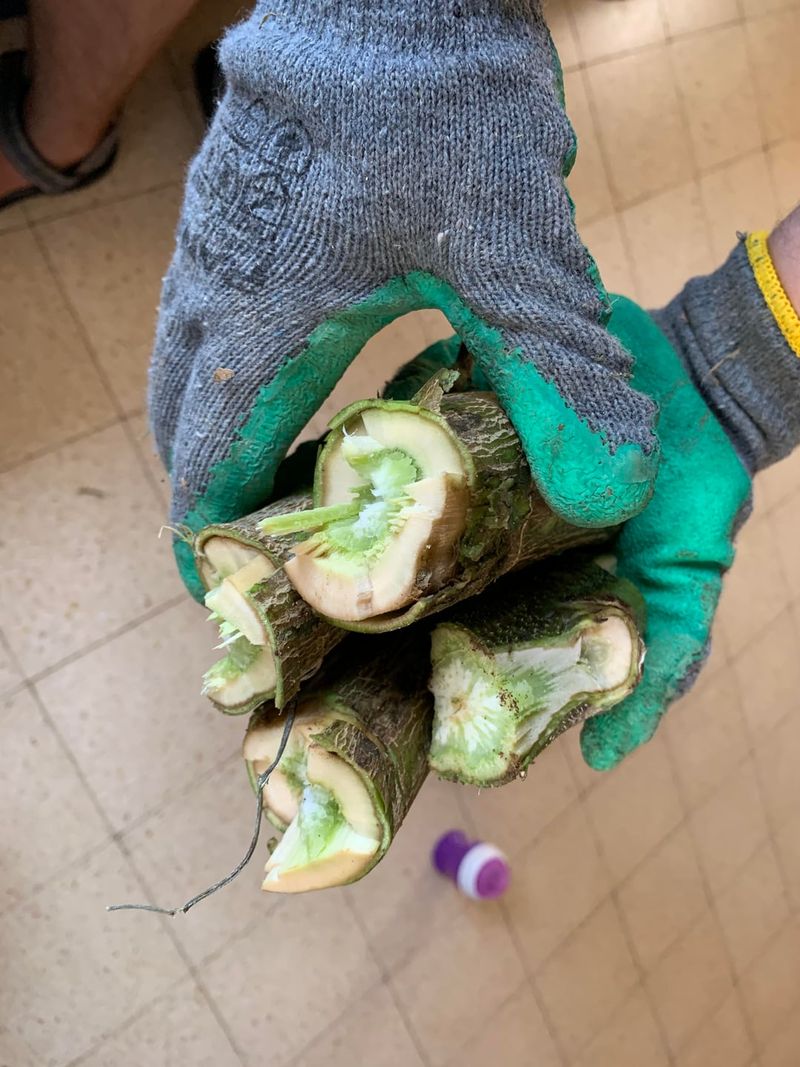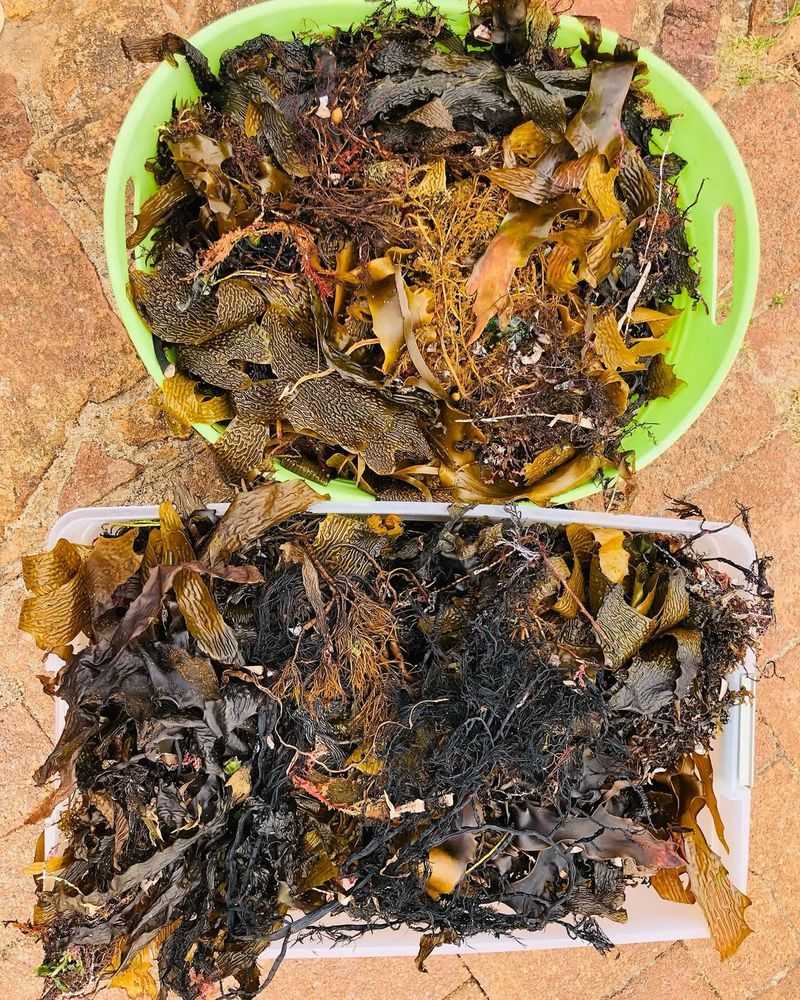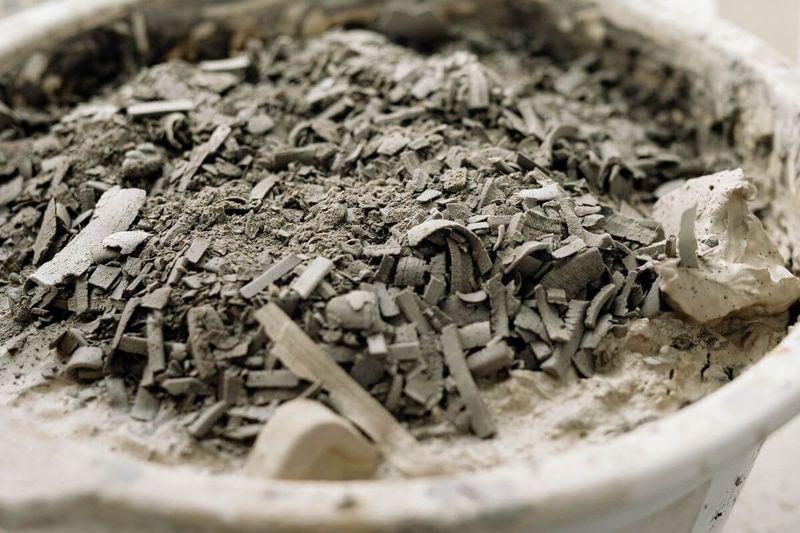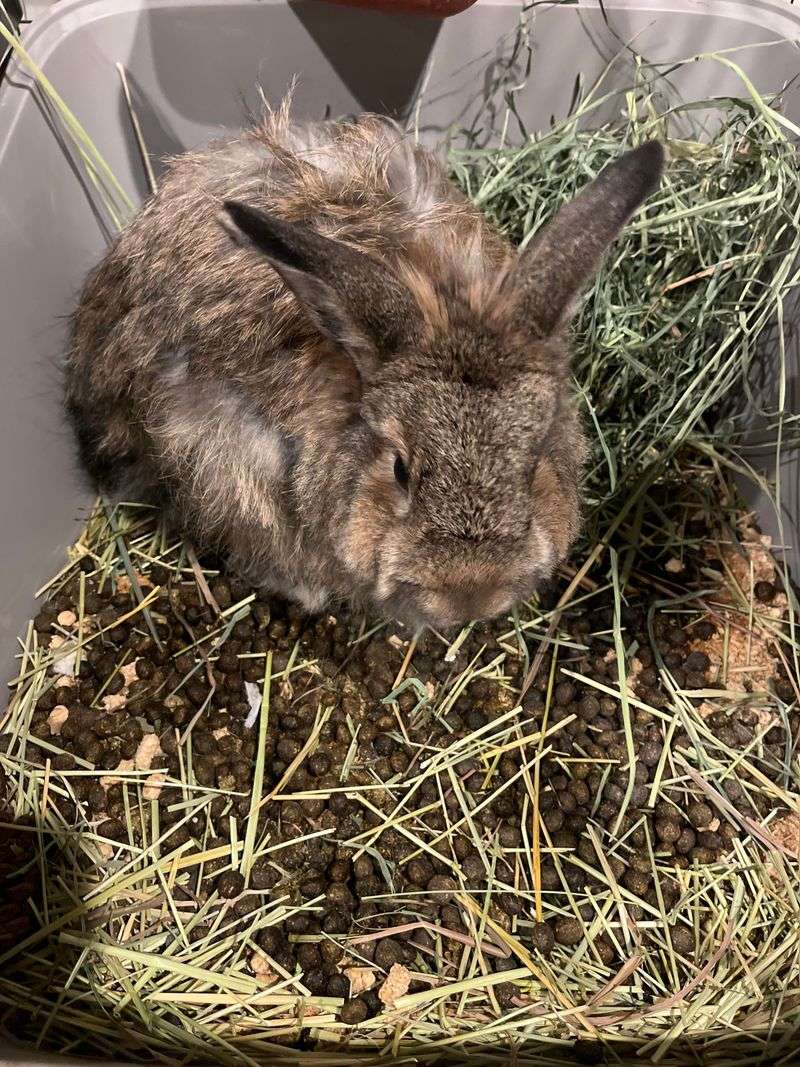Fall is the perfect time for Delaware gardeners to build up their compost piles with materials that will break down over winter and enrich the soil by spring. Adding the right mix of browns and greens now means your tomatoes, peppers, and flower beds will get a nutrient boost when planting season returns.
Whether you’re growing herbs in Newark or roses in Rehoboth, composting these materials will help your garden thrive with healthier, more productive soil.
1. Fallen Leaves From Oak And Maple Trees
Raking leaves in October gives you one of the best carbon sources for your compost bin. In my own pile, I’ve found that shredding them first speeds up the breakdown and prevents matting.
Oak and maple leaves are abundant across Delaware and provide structure that helps air circulate through your compost. They balance out nitrogen-rich kitchen scraps and grass clippings perfectly.
By spring, those leaves turn into dark, crumbly material that feeds everything from zinnias to zucchini. I always save a few bags to layer in throughout winter.
2. Grass Clippings From Late-Season Mowing
Late-season lawns still grow in Delaware’s mild fall weather, and those clippings are packed with nitrogen. I always add them in thin layers to avoid clumping and bad smells.
Mixing grass with dry leaves creates the ideal carbon-to-nitrogen ratio for fast decomposition. This combination heats up the pile and breaks down quickly, even as temperatures drop.
Come spring, your compost will be ready to spread around perennials, herbs, and vegetable seedlings. For me, this one always speeds up decomposition when layered properly.
3. Coffee Grounds And Paper Filters
Your morning coffee routine can fuel your garden all winter long. Grounds add nitrogen and attract earthworms, which help aerate the compost as it breaks down.
Paper filters decompose quickly and count as a brown material, so you can toss them in without worry. I collect mine in a small bin under the sink and dump them weekly.
By planting time, those grounds have turned into rich humus that boosts growth in everything from basil to begonias. It’s one of the easiest materials to gather year-round.
4. Vegetable Scraps From Fall Cooking
Fall cooking means lots of squash peels, carrot tops, and apple cores heading to the compost. These scraps break down fast and add moisture and nutrients to your pile.
Avoid adding meat, dairy, or oily foods, which attract pests and slow decomposition. I keep a covered container on my counter and empty it every few days to prevent odors.
In my experience, veggie scraps mixed with leaves create a balanced pile that’s ready for spring planting. They’re especially great for feeding tomatoes and peppers once the soil warms up.
5. Shredded Newspaper And Cardboard
Plain newsprint and cardboard are excellent carbon sources that soak up excess moisture in your compost. I shred them into small pieces so they break down faster and don’t form clumps.
Avoid glossy paper or anything with heavy inks, which can introduce chemicals you don’t want in your garden. Brown cardboard boxes work especially well when layered between green materials.
By spring, this paper turns into a soft, soil-like texture that improves drainage and feeds flowers like marigolds and sunflowers. It’s a simple way to recycle and compost at the same time.
6. Garden Plant Trimmings And Spent Annuals
As you clean up flower beds in Delaware, toss those faded petunias and trimmed perennials into the compost. Healthy plant material adds nitrogen and breaks down quickly when chopped into smaller pieces.
Avoid composting anything diseased or pest-infested, which can spread problems to next year’s garden. I always inspect plants carefully before adding them to my pile.
These trimmings turn into nutrient-rich compost that supports strong root growth in spring vegetables and flowering shrubs. For me, fall cleanup becomes twice as productive when it feeds the soil.
7. Eggshells Crushed Into Small Pieces
Eggshells add calcium to your compost, which helps prevent blossom end rot in tomatoes and peppers. I rinse and crush them before adding to speed up their breakdown over the winter months.
They take longer to decompose than softer materials, but they’re worth the wait. Mixing them with acidic coffee grounds balances the pH and creates a more neutral compost.
By planting season, those shells have broken down into tiny fragments that enrich the soil. I’ve found this works best after raking leaves in late October and layering everything together.
8. Pine Needles In Moderation
Pine needles are plentiful in Delaware, especially if you have evergreens in your yard. They add carbon and help with aeration, but use them sparingly since they’re slow to break down.
Mixing them with faster-decomposing greens like grass clippings keeps your pile balanced. I avoid adding too many at once, which can make the compost too acidic for most plants.
In small amounts, they work well and eventually create a fluffy texture that benefits everything from hydrangeas to lettuce. They’re especially handy if you run out of leaves mid-season.
9. Dried Cornstalks And Sunflower Stalks
After your corn and sunflowers finish producing, chop up those stalks and add them to your compost. They’re tough and woody, so cutting them into six-inch pieces helps them decompose faster.
These stalks add bulk and structure, creating air pockets that prevent the pile from getting too dense. I always mix them with softer greens to balance the texture.
By spring, they’ve broken down into fibrous material that improves soil structure for root vegetables like carrots and beets. It’s a great way to recycle your summer garden into next season’s success.
10. Seaweed And Kelp From Delaware Beaches
If you live near the coast, seaweed is a fantastic compost booster full of trace minerals and nutrients. Rinse off excess salt before adding it to your pile to avoid harming soil microbes.
Seaweed breaks down quickly and adds a nutrient punch that benefits everything from roses to squash. I collect it after storms and layer it between leaves and grass clippings.
In my own compost pile, seaweed always adds richness that shows up in healthier, more productive plants come spring. It’s one of Delaware’s best free resources for gardeners.
11. Wood Ash From Untreated Firewood
Wood ash from your fireplace or fire pit adds potassium and raises pH, which benefits acid-loving plants when used carefully. I sprinkle a light dusting over my compost every few weeks, never in large amounts.
Use only ash from untreated wood, as treated lumber can contain harmful chemicals. Too much ash makes compost too alkaline, so moderation is key for balanced soil.
By spring, that ash has blended into the compost and helps feed flowering shrubs and fruiting vegetables. For me, it’s a simple way to recycle what would otherwise go to waste.
12. Manure From Herbivores Like Chickens Or Rabbits
If you keep chickens or rabbits, their manure is composting gold. It’s high in nitrogen and speeds up decomposition, especially when mixed with carbon-rich leaves and straw.
Always compost manure for several months before using it in the garden to kill pathogens and reduce ammonia levels. Fresh manure can burn plant roots, so patience pays off here.
By spring, aged manure transforms into nutrient-dense compost that makes vegetables like tomatoes and cucumbers thrive. I’ve found this always improves soil texture and fertility better than anything else.

